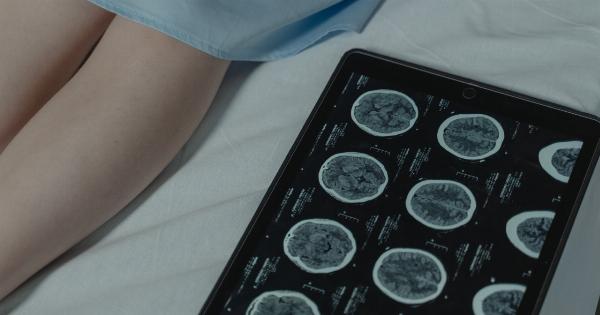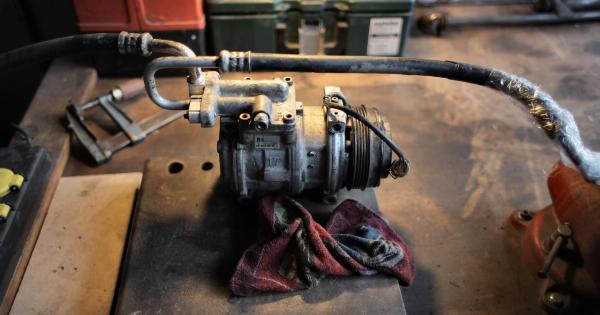A revolutionary cancer detection tool has been unveiled by scientists recently. This tool is an artificial intelligence system that can detect cancer cells in the patient’s blood with 90% accuracy, which is much higher than regular methods.
What is the new system?
The new AI tool is a deep learning system, which means that it is designed to teach itself what to look for.
It was developed by researchers at the University of California, San Francisco, and tested on hundreds of samples from patients with different types of cancer.
How does it work?
The system uses a combination of machine learning algorithms and computer vision to analyze blood samples from patients. It starts by analyzing the blood for the presence of cancer cells, which are often very small and hard to detect with the naked eye.
The system can then identify the cancer cells and determine whether they are benign or malignant.
Why is this important?
This new tool is important because it has the potential to revolutionize cancer diagnosis. The current methods for cancer detection are not very reliable and can sometimes miss cancer cells altogether.
This new system has the potential to catch cancers earlier, which could lead to more effective treatments and better outcomes for patients.
How accurate is the tool?
According to the researchers, the tool has an accuracy rate of about 90%, which is much higher than other methods currently available.
In addition, the tool is also very fast, which means that it can produce results in a matter of hours rather than days or weeks.
What are the benefits of the system?
The benefits of this system are numerous. Firstly, it has the potential to detect cancer earlier, which can increase the chances of successful treatment and recovery.
Secondly, it is a non-invasive method of cancer detection, which means that it is less painful and stressful for the patient. Finally, it is faster and more accurate than the current methods, which means that it can save time and money.
What are the limitations of the system?
Like all new technologies, the new cancer detection tool has some limitations. Firstly, it is still in the experimental stages and needs to be tested further before it can be widely used. Secondly, it is not perfect and can still make errors in diagnosis.
Finally, the tool is expensive, which means that it may not be accessible to all patients.
What is the future of this technology?
The future of this technology is very promising. The researchers are working to improve the accuracy of the system and to make it more widely available to patients.
In addition, the system has the potential to be used in other areas, such as infectious diseases and genetic disorders. Overall, this new technology has the potential to revolutionize the way we diagnose and treat cancer.
Conclusion
Overall, the new cancer detection tool is an exciting development in the field of cancer diagnosis. It has the potential to detect cancer earlier, leading to more effective treatments and better patient outcomes.
While there are still some limitations to the technology, the future looks bright for this new system.


























